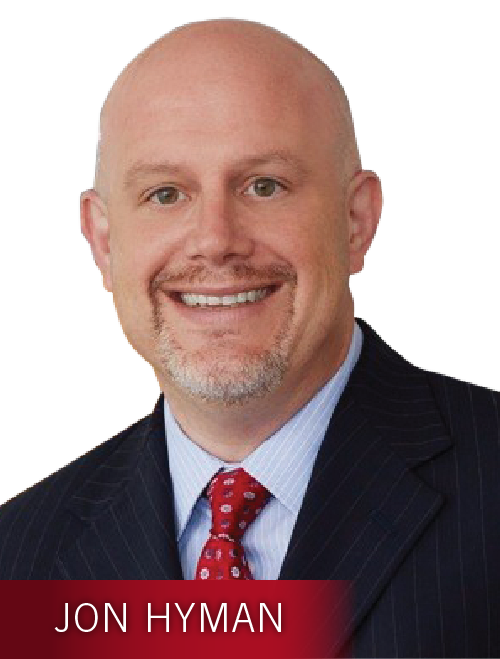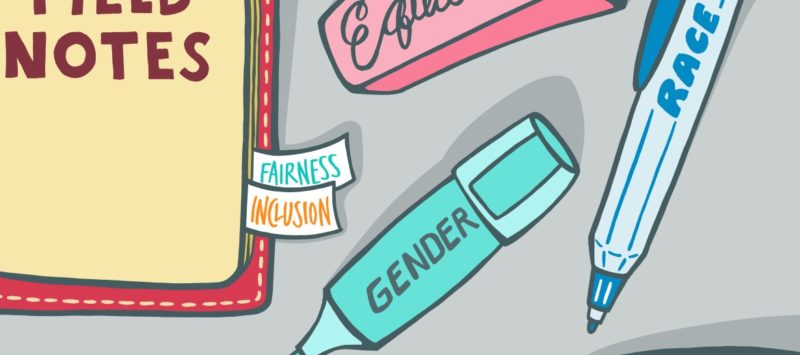Earlier this year I wrote about the first-ever ISO standards for human capital reporting, which were published in December.
These called for the voluntary public disclosure of measures for both large organizations and small/medium-sized organizations. While some European and Asian governments are likely to adopt the ISO recommendations as law, the United States Congress was never likely to follow suit, so it appeared that adoption in the U.S. would be voluntary and slow.
The U.S. Securities and Exchange Commission just published proposed rulemaking, which, if implemented, will bring human capital disclosure to U.S publicly traded companies much sooner than anyone imagined. This is a game changer for our profession and a VERY BIG DEAL!
On August 8 the SEC proposed to fundamentally change the way publicly traded companies report. Under the current rules, the SEC specifies 12 items that must be included in the narrative description that accompanies financial statements. Companies have to address all that apply to them. For example, these items include a discussion of the principle products and services offered, new products and segments, sources and availability of raw materials, whether the business is seasonal, competitive conditions and the current backlog of firm orders. The last required item is the number of employees, which is the only human capital measure currently required for disclosure.
The SEC proposes to move away from an explicit list of required items and instead adopt a principles-based approach where each company must discuss whatever is material with the understanding that the list of topics will differ by industry and company. (In financial reporting, material means any information that would be important to an investor in deciding whether to buy or sell a security.) The SEC does, however, share a nonexclusive list of items that it believes will apply to most companies. This list includes five items from the current list of 12 and two new items: human capital and compliance with government regulations. (The other five items are revenue-generating activities, development efforts for new products, resources material to the business, any business subject to renegotiation or cancellation, and seasonality.)
Also read: Human Resources Gets Its ISO Approval
Furthermore, simply disclosing the number of employees will not satisfy the need for human capital disclosure.
In their own words, “Item 101(c) (1) (xii) [the current rules] dates back to a time when companies relied significantly on plant, property, and equipment to drive value. At that time, a prescriptive requirement to disclose the number of employees may have been an effective means to elicit information material to an investment decision. Today, intangible assets represent an essential resource for many companies. Because human capital may represent an important resource and driver of performance for certain companies, and as part of our efforts to modernize disclosure, we propose to amend Item 101 (c) to refocus registrant’s human capital resources disclosures. Specifically, we propose replacing the current requirement to disclose the number of employees with a requirement to disclose a description of the registrant’s human capital resources, including in such description any human capital measures or objectives that management focuses on in managing the business.” (Page 48 of the proposed rule Modernization of Regulation S-K Items 101, 103 and 105.)
Did you just feel the earth shifting below your feet? You should have. The importance of this proposed rule for our profession simply cannot be overstated. Many in the profession have worked years to increase the visibility and use of human capital measures. The time finally may have come for it in the U.S.
While it is true that the SEC will not prescribe specific human capital measures, it does provide some examples, including measures for attraction, development and retention of personnel. The test for disclosure, however, is clear: materiality. Can you imagine any CEO or CFO telling analysts, the public and their own employees that people are not a material contributor to the company’s success, especially after saying for years that people are the company’s greatest asset? I don’t think so. So, if this rulemaking is finalized, human capital disclosure is coming and coming soon.
Most companies will rely on their heads of HR as well as accounting for guidance on what to include in their narrative on human capital. If for no other reason than risk mitigation, these leaders in turn will look to the human capital profession for guidance. And they will find ISO 30414:2018, the human capital reporting standards published in December 2018. These standards recommend the external reporting of 23 measures for large companies and 10 for small/medium. These measures will be a natural starting point as companies decide what to discuss, so if you don’t yet have a copy, get one, and be prepared to proactively help your organization be a leader in human capital reporting.
The proposed SEC rule is available here. The rule is 116 pages, but the section on human capital is under section IIB7, pages 44-54.
This story originally appeared in Workforce‘s sister publication, Chief Learning Officer.













